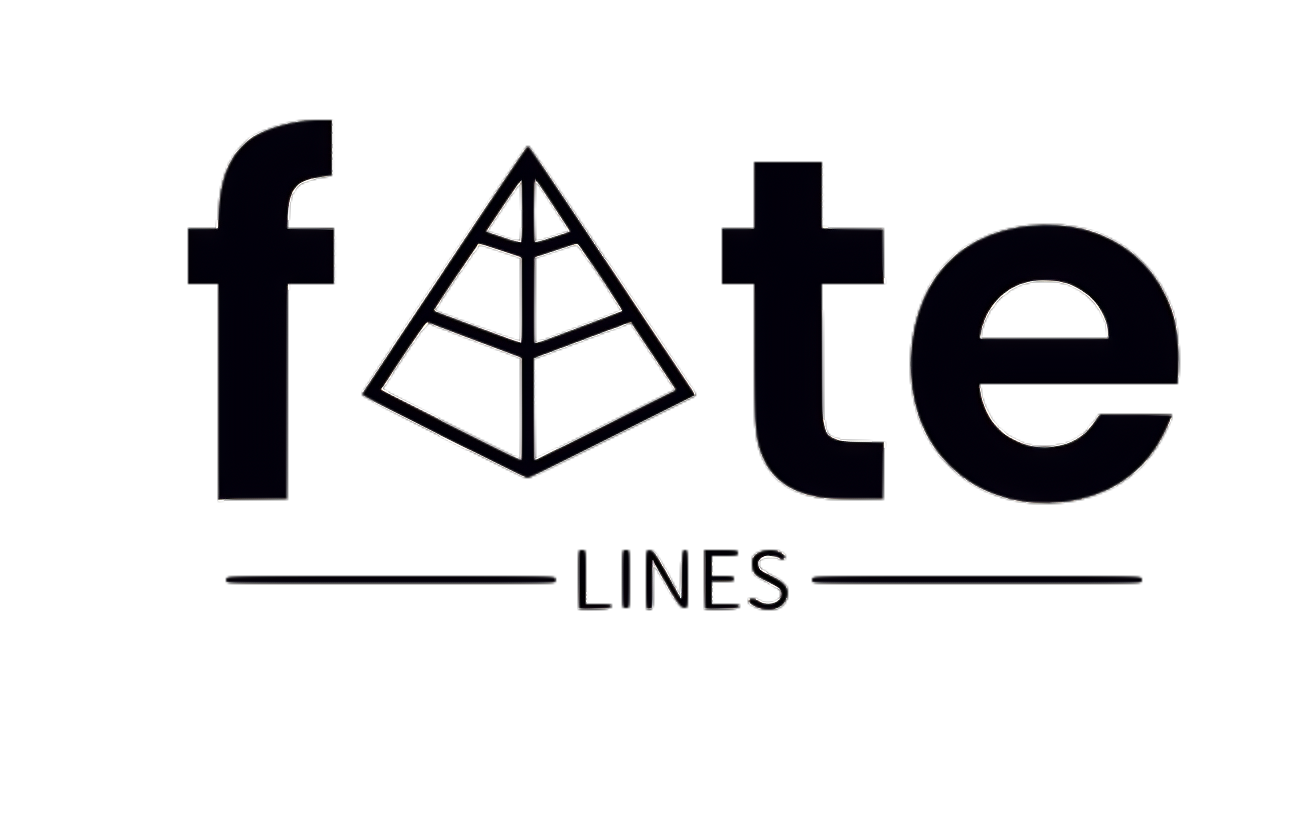-

Achilles stands out as an iconic figure in Greek Mythology, renowned for his unparalleled prowess in battle and the tragic circumstances surrounding his death. His near-invulnerability stemmed from a dip in the River Styx, but a singular flaw—a tender heel—ultimately led to his demise in the Trojan War. This legendary tale serves as a poignant…
-
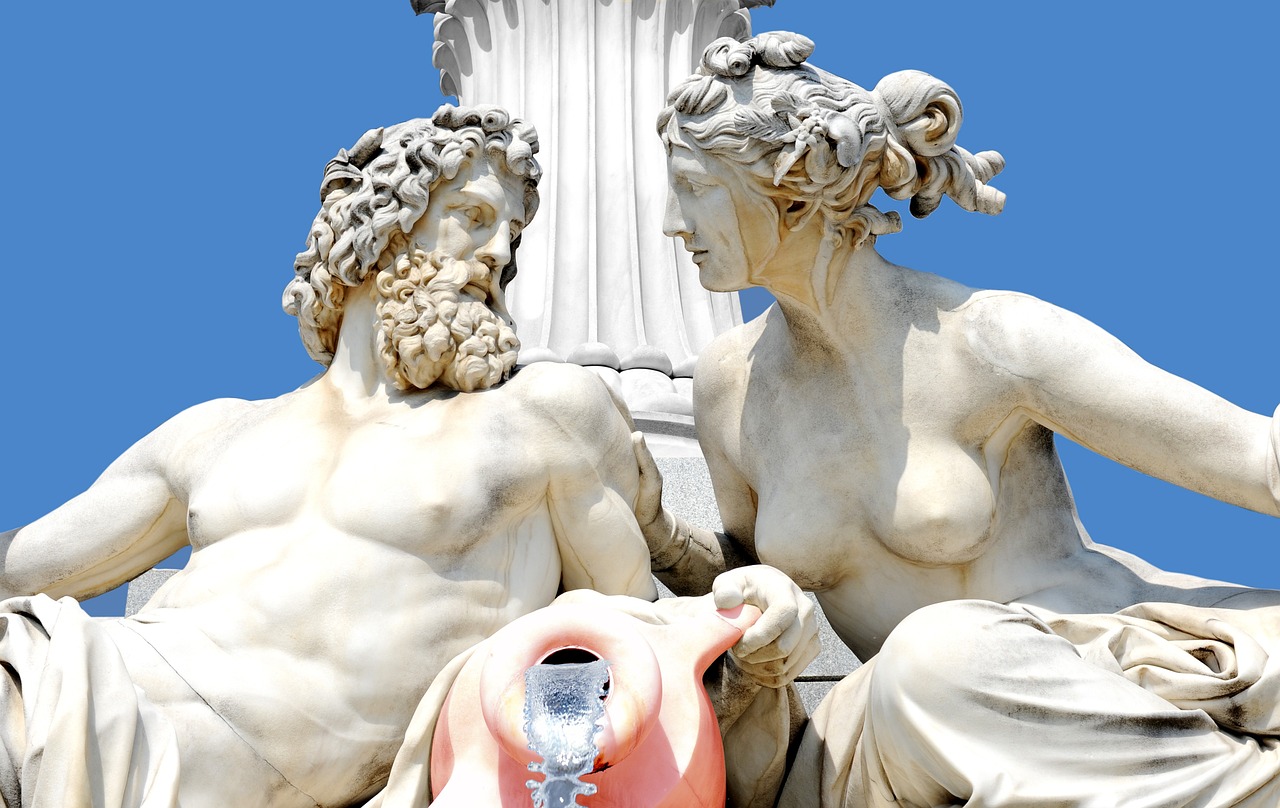
Greek mythology represents a complex body of narratives surrounding gods, heroes, and rituals integral to ancient Greek culture and classical antiquity. While some critical thinkers, such as Plato in the 5th–4th centuries BCE, acknowledged that these myths included significant fictional elements, the general populace tended to view them as factual accounts. This mythology has profoundly…
-
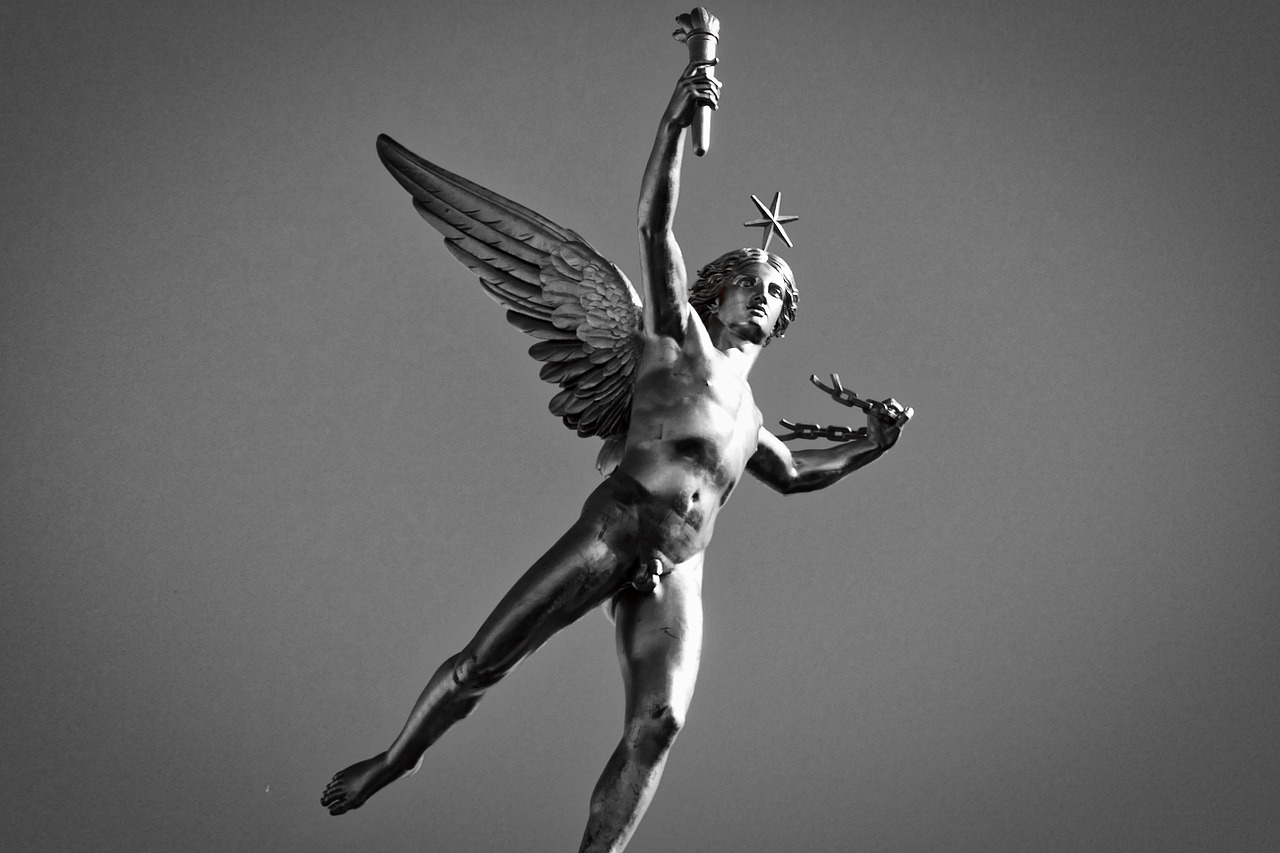
Odysseus, a central character in Homer’s renowned epic, the Odyssey, is one of the most frequently depicted figures in Western literature. He is described by Homer as the king of Ithaca, offspring of Laertes and Anticleia (daughter of Autolycus from Parnassus), and the father of Telemachus through his marriage to Penelope. Some later accounts suggest…
-
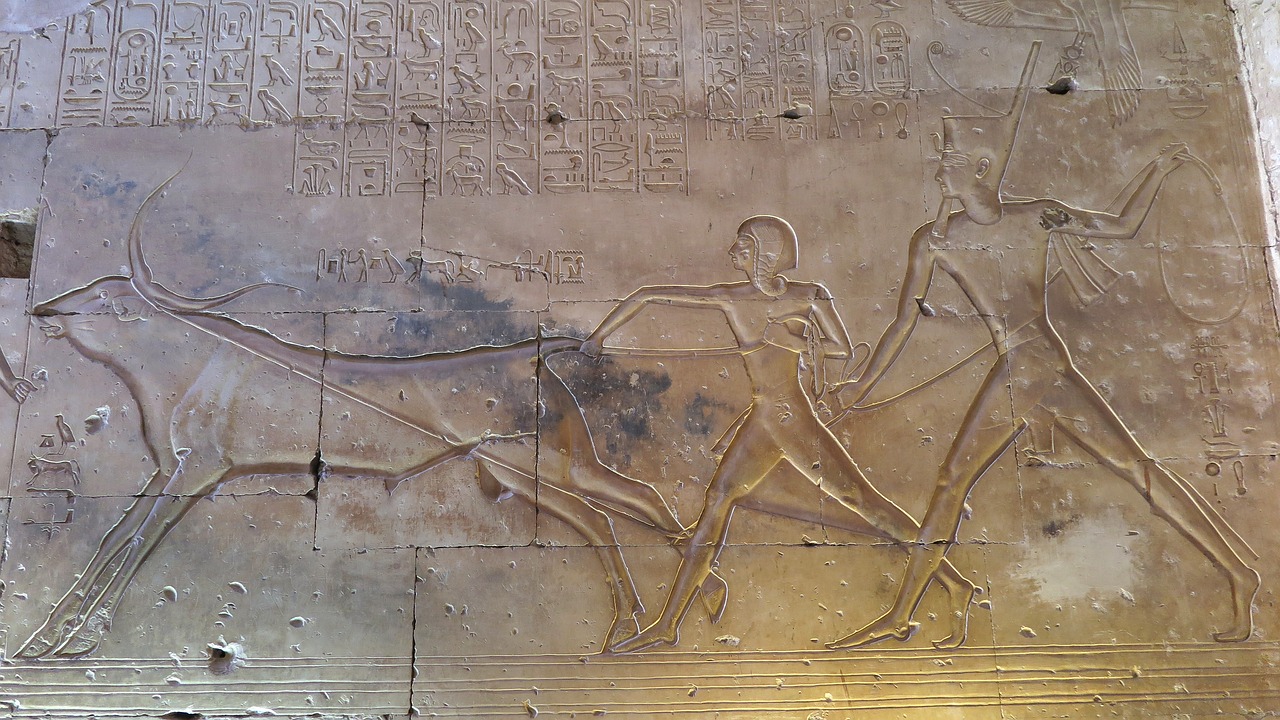
Amun: The Ancient Egyptian God of the Sun and Air Amun, alternatively known as Amon, Ammon, Amen, and Amun-Ra, is a significant deity in ancient Egyptian mythology symbolizing the sun and air. His influence surged at Thebes around the onset of the New Kingdom (circa 1570-1069 BCE), marking him as one of Egypt’s most revered…
-
In Irish legend, Goibniu (pronounced ˈɡovʲnʲu, with the modern variation being Gaibhne) is recognized as the legendary metalsmith of the Tuatha Dé Danann. Revered as a deity of smithing, he is also connected with the principle of hospitality. His character draws parallels to Gofannon from Welsh mythology and Gobannus from Gaul. Etymological Origins Goibniu’s name…
-
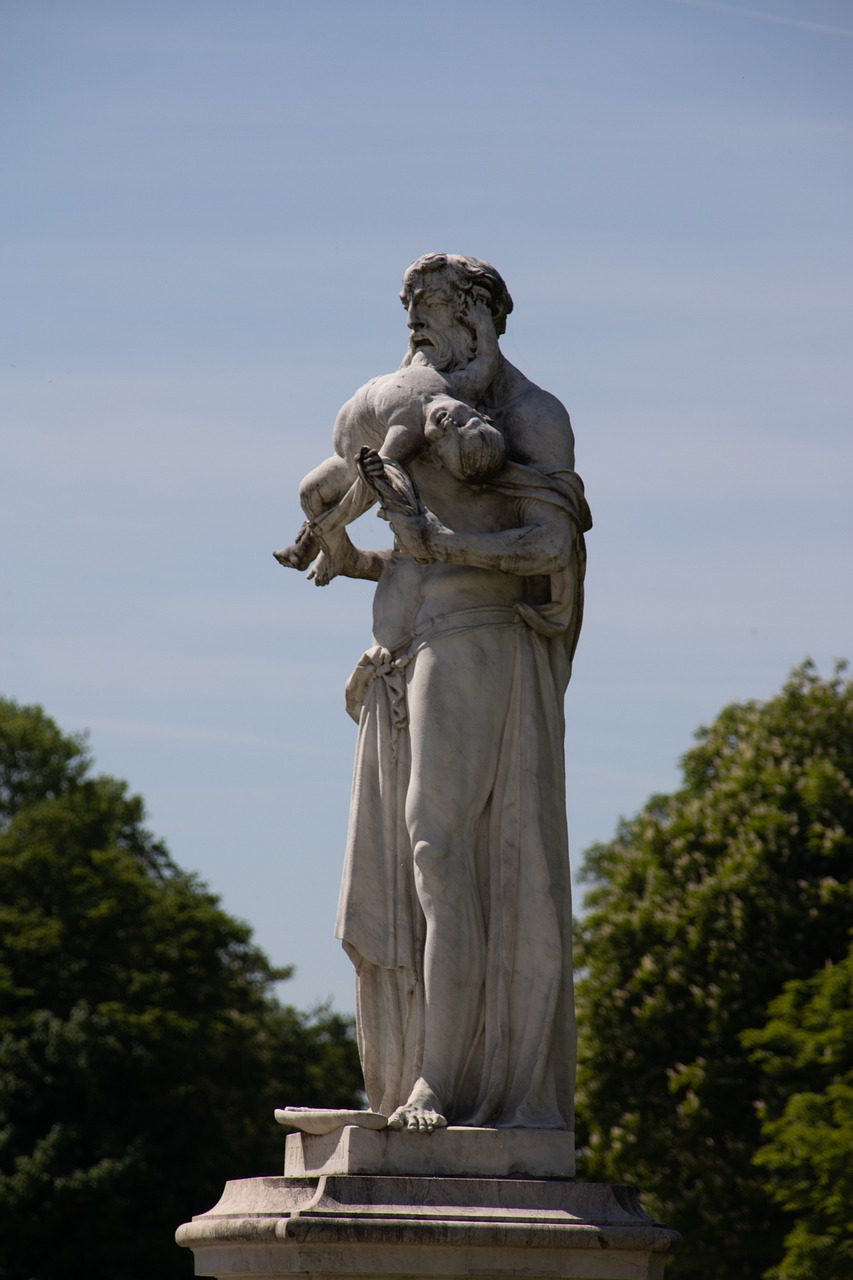
In the realm of Greek mythology, Cronus, often spelled Kronos, is a pivotal figure classified as a Titan and recognized as the youngest offspring of Uranus (the sky) and Gaia (the earth). Known for usurping Uranus, Cronus ascended to become the first sovereign of the universe, governing alongside his Titan siblings. He united in matrimony…
-

99% Invisible is a captivating podcast hosted by Roman Mars that delves into the often-overlooked elements of design and architecture that influence our daily lives. With about 500 million downloads, this sound-rich narrative podcast is celebrated among the top contenders on platforms like Apple Podcasts and Pandora, available through various RSS feeds and apps. SiriusXM…
-
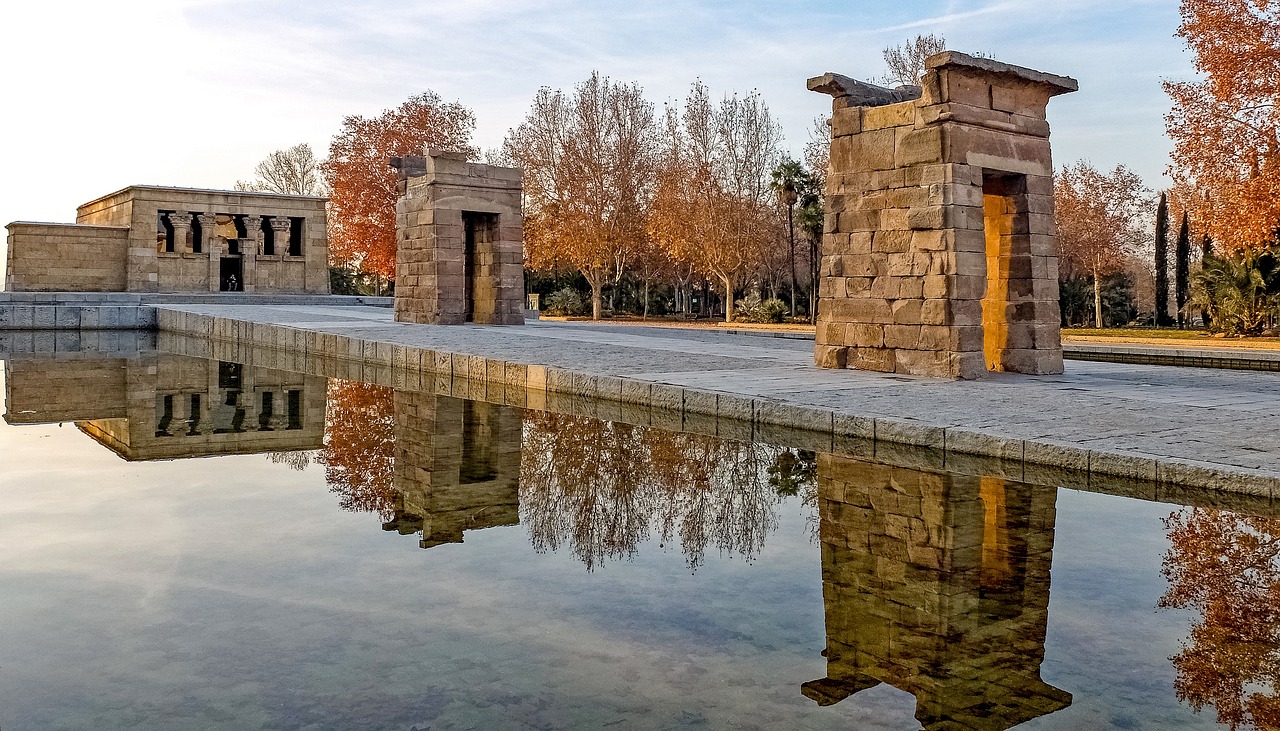
Amon, also known by various names such as Amun, Amen, or Ammon, was a principal deity in ancient Egyptian religion, regarded as the king of the gods. Initially part of the Hermopolite creation myth with eight deities, Amon’s worship propagated to Thebes, where he became the recognized patron of the pharaohs during the rule of…
-
Banba’s Crown, situated at Malin Head in Inishowen, County Donegal, represents the most northern point of mainland Ireland (Irish: Cionn Mhálanna, Inis Eoghain, Contae Dhún na nGall). Its designation honors the goddess Banba, who is associated with Irish folklore. Legend has it that Banba is one of the three deities—alongside Ériu and Fódla—who served as…
-
To comprehend the essence of healing and refine our approach to the caring profession, we must explore various historical figures. Sir William Osler remarked on the importance of delving into history, noting that we “must come to the land of the Nile for the origin of many of man’s most distinctive and highly cherished beliefs.”…
